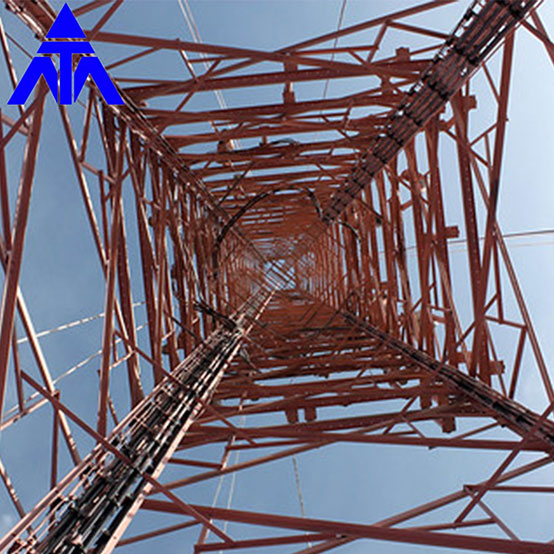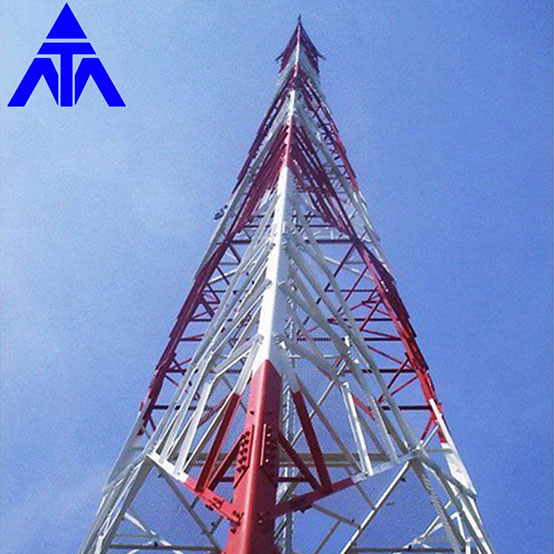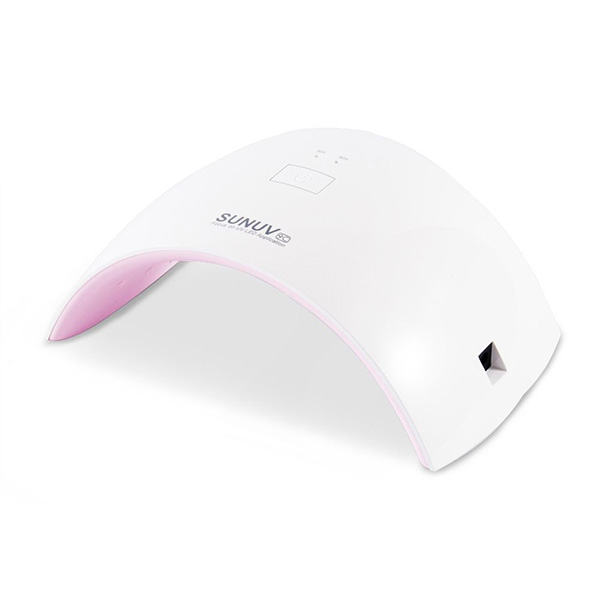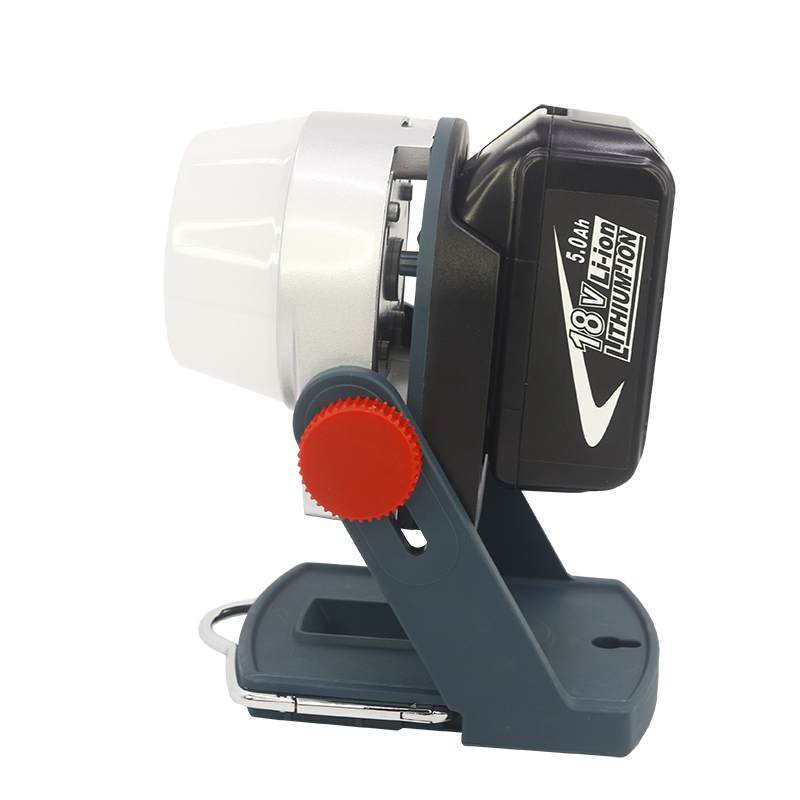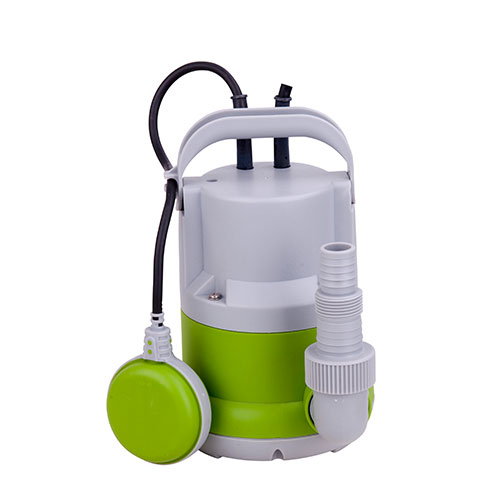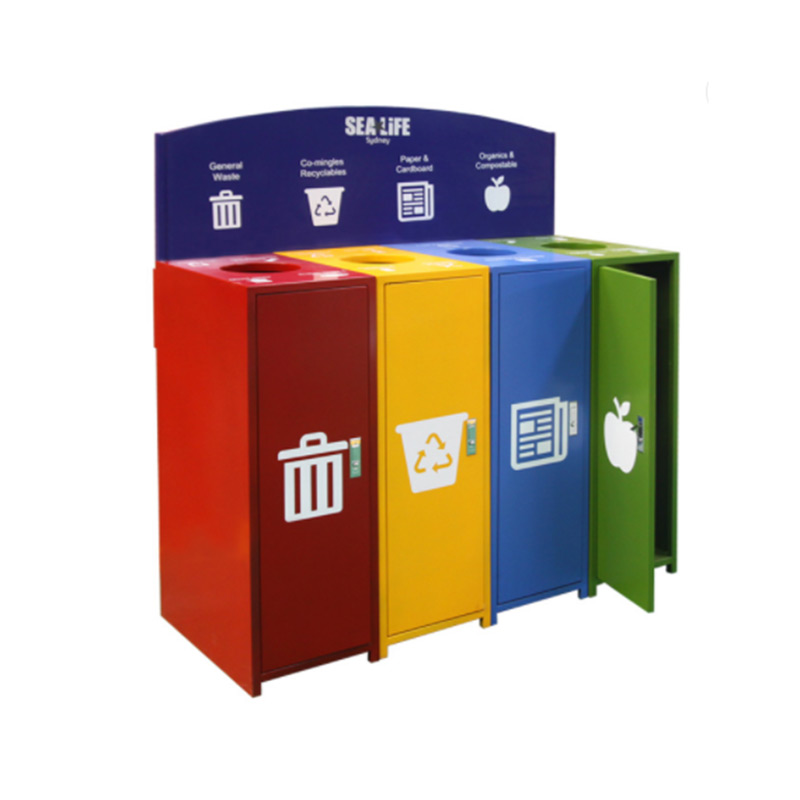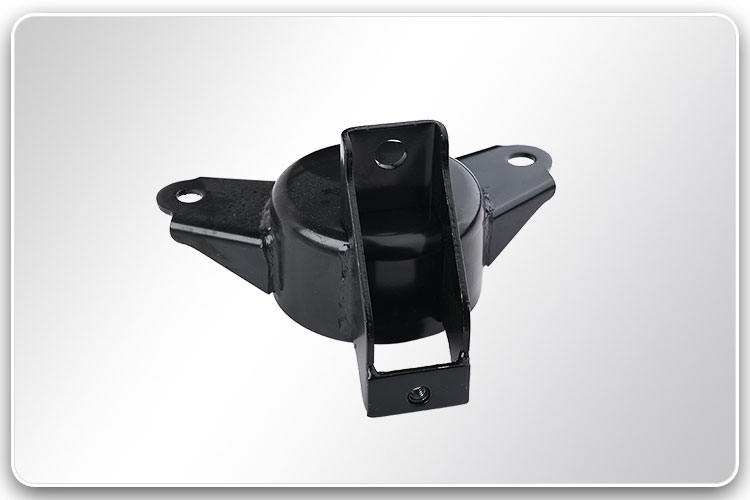Communication Angle Steel Tower
A communication angle steel tower, often referred to simply as a communication tower or telecom tower, is a structure designed to support various types of communication equipment and antennas. These towers are a crucial part of modern telecommunications infrastructure, enabling the transmission of s......
Send Inquiry
Product Description
A communication angle steel tower, often referred to simply as a communication tower or telecom tower, is a structure designed to support various types of communication equipment and antennas. These towers are a crucial part of modern telecommunications infrastructure, enabling the transmission of signals for mobile phones, television, radio, and other wireless communication technologies. Here are some key aspects of communication angle steel towers:
1. Structure: Communication angle steel towers are typically made from steel sections, such as angle iron, which are welded or bolted together to form a lattice-like structure. The lattice design provides both strength and stability while minimizing wind resistance.
2. Height: The height of these towers can vary significantly depending on their purpose and location. Some towers are relatively short and serve as local cell phone or radio towers, while others can be extremely tall, reaching heights of several hundred meters, for long-distance communication or broadcasting.
3. Support for Antennas: Communication towers are designed to support a wide range of antennas and other equipment. These can include cell phone antennas, microwave dishes, broadcast television and radio antennas, satellite dishes, and more. The tower's design must take into account the weight and wind loading of these installations.
4. Location: Communication towers are strategically placed to provide optimal coverage for their intended service area. They are often located on elevated terrain or in remote areas to ensure a clear signal path and minimize interference.
5. Maintenance and Safety: Regular maintenance and safety inspections are crucial for communication towers. Climbing and working on these structures can be dangerous, so safety protocols and equipment are essential. Additionally, towers must be maintained to ensure the integrity of their structure and the reliability of the equipment they support.
6. Lighting: Tall communication towers are required by aviation authorities to have lighting systems that make them visible to aircraft, especially at night. These lights help prevent collisions with aircraft and ensure safe air travel.
7. Environmental Impact: When constructing communication towers, environmental impact assessments are often conducted to minimize the impact on local ecosystems and wildlife.
8. Regulation: Communication towers are subject to regulations and standards set by government agencies to ensure safety, minimize interference, and manage land use.
9. Types: There are different types of communication towers, including self-supporting towers, guyed towers (supported by guy wires), monopoles (single-pole structures), and lattice towers (with a lattice-like framework). The choice of tower type depends on factors such as location, height requirements, and the equipment it needs to support.
In summary, communication angle steel towers play a critical role in our modern connected world, facilitating wireless communication across vast distances. They come in various forms and sizes, are subject to safety and regulatory standards, and are essential for the functioning of telecommunications networks.
